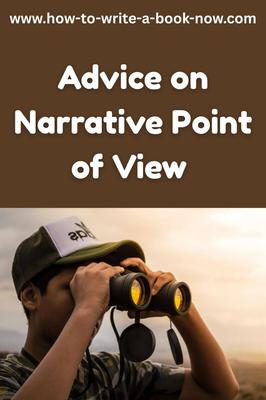Need outlining help
by David McDowell
Question: I need outlining help. In my story, I have the beginning and end figured out, but I am needing help putting it all together. Try as I may, it just doesn't seem to work in the way I want it to.
I'm trying to make the book itself not only an indictment of the Rape Culture of America, but also laying groundwork for a series of roughly six books.
Any help would be appreciated.
Answer: Middles are the hardest part of a story for most writers to work out. Yet, they are just as important as the crisis or the inciting incident because middles are where the tension builds. Without a build in tension, the climax can be emotionally flat.
A couple of things to think about...
1. Limit
The limit is what forces the story to a crisis. In some stories, the crisis occurs because the characters run out of time. For instance, there is only so much time to accomplish a goal before something disastrous happens. When the clock runs out, that is the crisis.
In other stories, the crisis arises because the characters have explored all other options to solving the problem, and now disaster is certain unless the last remaining option proves to be the right one. Sometimes they only discover the right option at the crisis.
You can use the limit as a structural tool. The middle of the book can show the characters exploring each option in turn, and feeling increased pressure as each one is ticked off the list. Or you can have a running countdown, so
2. Requirements & Forewarnings
Requirements are the things that must be accomplished in order for the goal to be achieved. Forewarnings are signs that the consequence (disaster) is drawing closer and threatening to occur before it can be prevented. By alternating between requirements and forewarnings, you can create an emotional roller coaster that draws the reader along.
In plotting your story, it is useful to use "the rule of 3s and 4s." Basically, this rule states that three of anything makes a pattern, so the fourth must be a surprise or a change.
For instance, if your characters are running out of options, three is a good number of options for them to explore before discovering the fourth (correct) option at the crisis.
Similarly, a list of three requirements, balanced by three forewarnings is a number that is easy to work with. You could consider having one requirement and one forewarning per act (in a four-act structure).
For greater detail, consider using the W-Plot model to map out your turning points. Here's an article that talks about it...
https://www.how-to-write-a-book-now.com/w-plot.html
Finally, if you think in terms of a four-act structure, act two is often called the complication phase. It should be the place where the characters encounter obstacles and problems, where they first become aware of the challenges ahead. Act three is the place where the characters have passed the point of no return and cannot turn back, and also the place where the story builds towards the greatest challenge (the crisis).
Best of luck.
- Home
- Plot Questions
- Need outlining help















